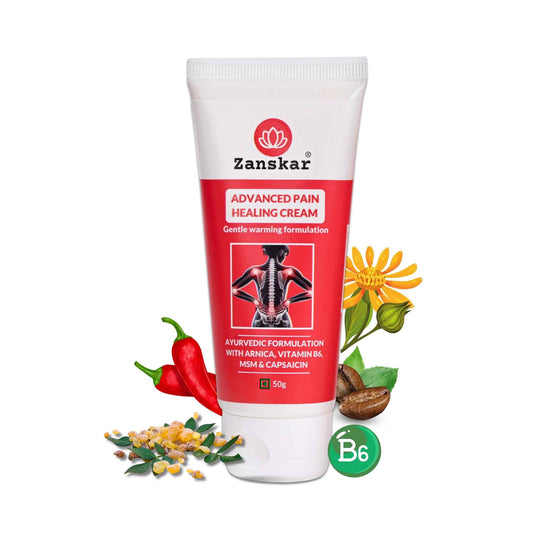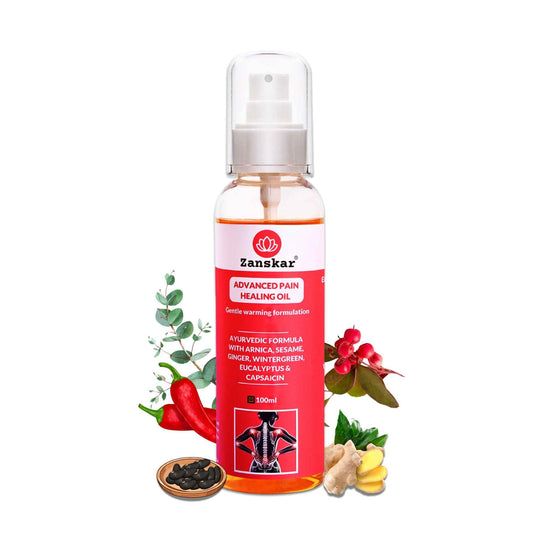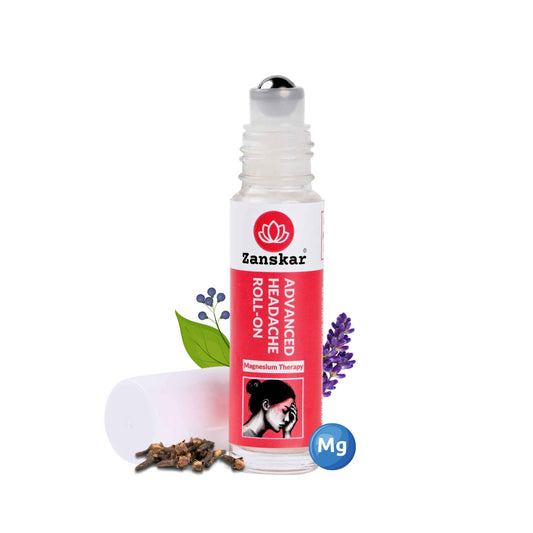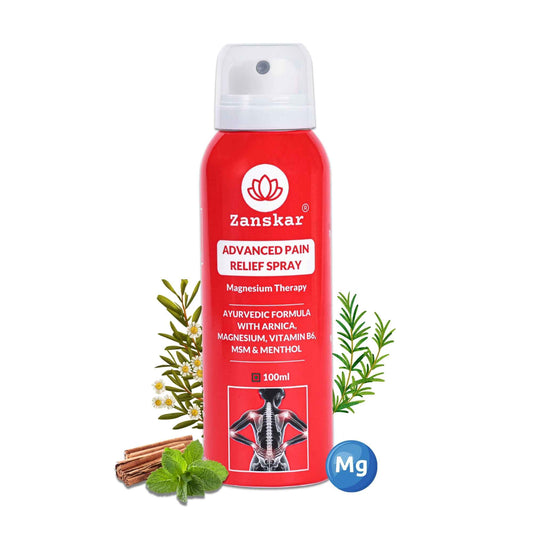
Why Do Your Joints Hurt When It’s Cold?
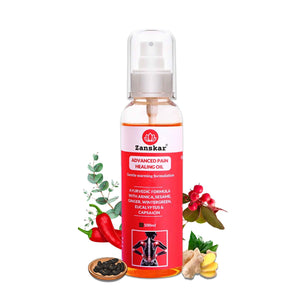
You may have wondered: “Why do my legs hurt when it is cold?” Joint pains are symptoms of an injury or an underlying health condition. But cold weather does create joint pains, especially when you must spend time outdoors during winter. Let’s take a brief look at the reasons for this kind of pain and how you can get it treated.
What does Medical Research say
You can experience pain in any part of your body, but cold weather discomfort occurs mainly in the hips, knees and ankles. This pain is more likely to happen when you run regularly. If you tend to spend more time exercising in the cold, you’ll put more pressure on weight-bearing joints. The pain you feel could be caused by restricted blood flow to the joints or changes in pressure.
However, theories abound to explain the occurrence of leg pain due to cold weather. Despite many theories, there is no consensus on the definitive cause of cold weather leg pain. Compounding this uncertainty is the question of why some people experience leg pain in cold weather and others do not. In some cases, the answer is clear, as studies have shown that people with joint pain commonly experience joint pain when cold.
Some theories suggest changes in atmospheric or barometric pressure, which refers to the weightiness of air and decreases in cold weather. This drop in barometric pressure may cause your soft tissues to swell and put pressure on your joints, causing your nerves to transmit increased pain signals.
Others say seasonal affective disorder can impact your perception of pain, as feelings of depression or sadness can make you more attuned to pain. Yet another theory suggests the synovial fluid inside your joints thickens in cold temperatures, causing joint stiffness and pain in cold weather.
What Is the Cause of Leg Pain in Cold Weather?
During late fall and winter, joint pain complaints become more frequent than in other seasons of the year. As mentioned, there’s inadequate research to prove this condition’s cause. During cold months, the body tries to conserve more heat and sends more blood to organs in your body’s midsection, such as your heart, lungs and digestive organs.
As a result, your body sends less blood to your legs, knees, arms, shoulders and other joints. This reduced blood flow, in turn, makes the blood vessels at the joints constrict, making those areas stiffer and colder, resulting in pain and discomfort. This explanation applies only to the pain you feel while you are outdoors. Such pain increases significantly when you are active or put pressure on your leg joints while running. Still, it does not necessarily explain why you may be experiencing leg pain in the winter despite being cozy inside your home.
If you are only experiencing leg pain when running outside in the cold, you have many solutions to avoid the leg pain by keeping your whole body warm as you exercise. Conversely, you may require further medical testing and attention if you are experiencing pain in cold weather despite keeping yourself warm. Such testing and medical attention will focus on discovering why you are experiencing increased pain in cold weather and providing treatment to solve or manage the issue.
People with joint pain
People with joint pain, chronic joint pain and other underlying health conditions are far more likely to feel joint stiffness as the weather turns colder because lower temperatures can cause tendons and cartilage to contract . This stiffness, mixed with higher pain sensitivity in the winter, can easily exacerbate joint pain in people who already feel it day to day. If you feel like your joint pain is worsening in the cold months, it may be time to consult your doctor, especially if there is new pain.
Tips to Take care of your joints this winter
Remember to strengthen your joints, keep active, eat healthy and be patient with yourself if your joints begin to hurt. There are many steps that you can take to find joint pain relief, even in the winter.
1. Physical therapy: It is a great way to strengthen, identify and prevent joint pain, especially if you have an underlying health condition like joint pain.
2. Stay indoors on very cold days: Work out indoors when the winter weather is most fierce. Rather than going out to run on snow-covered pavement, get on your treadmill for a 20-minute cardio workout. After working out, get cozy! If you can, drink some warm tea or coffee, snuggle up with a nice blanket and read a book or watch a show.
3. Eat right: A balanced diet that includes lean proteins, increased fibre, refined carbs, and low saturated fat can help the body function better in the winter.
4. Stay hydrated: Although staying hydrated is necessary year-round, the winter months are when it's most crucial. When it's sunny and warm, people frequently consider drinking extra water, but in the winter, the dry air leaves you feeling fatigued and achy from dehydration.
5. Massage with hot creams/oils: To reduce the dependencies and side effects of popping painkillers, enjoying massages every week for 2 months can lessen discomfort.
Learn More About Zanskar Health
If you have joint or muscle pain that makes it hard to move, Zanskar offers the most advanced full stack pain relief solutions for you.
Now available to purchase, Zanskar® Advanced Pain Healing Cream has a unique formulation of natural ingredients like Arnica, Vitamin B6, MSM and Capsaicin, which is trusted by over 20L+ pain sufferers globally. It provides lasting relief from muscle and joint discomfort that you can feel good about. Get your fix before stocks run out - buy now.
You can also gain access to therapeutic exercises and stretches for your condition by downloading the Zanskar Health physiotherapy mobile app. Additionally, you’ll have a personal care team to guide, support, and tailor our program to you, including behavioral and nutritional coaching.
Download our mobile app here 👉 download and track your exercise streak.
Medical Review: This article is written by Dr Nishtha Mittal (Senior Health Content Editor at Zanskar Health) and has been medically reviewed by Dr Rashi Goel (Senior Physiotherapist at Zanskar Health). This article and its contents are provided for educational and informational purposes only and do not constitute medical advice or professional services specific to you or your medical condition.




